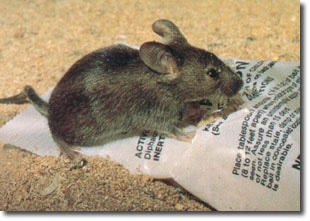Pest Management News From PPM - April, 2016
Check back here regularly for the latest news and updates from Protectant Pest Management
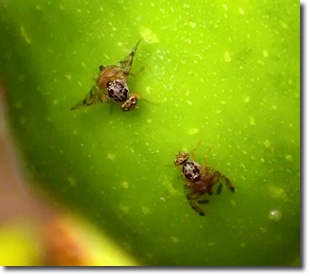
Fight the Fruit Fly!
Did you know that there are over 200 native species of fruit flies in Australia? Of these, only a few cause problems for those of us trying to grow fruit in our gardens but, having said that, those problems can be extensive!
Fruit flies can fully mature into adults in just 8-10 days after the egg stage so they can spread very quickly and cause significant damage to crops.
Luckily, there are quite a few ways to deal with fruit flies and most of them you can whip up yourself without spending too much money.
Step 1 – Clean up any spoiled or rotten fruit
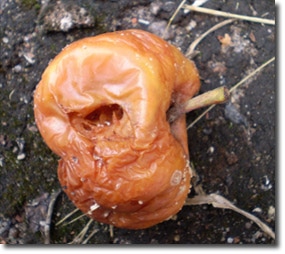
Fruit flies, by nature, are attracted to fruits and other foods, particularly ones that are fermenting or rotting. By ensuring that there are no rotting pieces on the ground, it will help make your garden a little less inviting.
More importantly, however, you should remove any fruit on your trees that are showing signs of infestation by fruit fly eggs. These signs include dimples or weeping clear sap. To break the breeding cycle, these fruit should be destroyed by either feeding the fruit to poultry, sealing the fruit in black plastic bags and leaving them out in the sun to bake, or by fully immersing the damaged fruit in water for about 10 minutes.
Step 2 – Let the chooks help out!

Speaking of poultry, if you have your own chickens at home and if at all possible, let your chickens forage around your fruit trees.
They will scratch for the fruit fly pupae moving in the ground at the base of fruit trees and in any fallen fruit that you haven’t cleaned up yet.
You shouldn’t have to do all the work yourself!
Step 3 – Traps
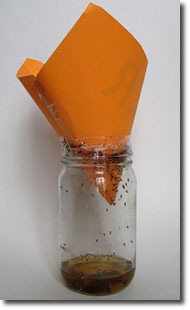
There are many commercially available fruit fly traps but some you can make substitutes for yourself by using household materials. Before we cover those, however, a fruit fly trap that you may want to consider purchasing is a pheromone trap. These traps release sex pheromones that attract and trap the male flies, thus destroying the breeding cycle. The great benefit of these kinds of traps is that they are very effective at covering large areas. One of these sorts of traps should be enough to cover your entire back yard.
An effective home-made trap can be made out of an old jar you have laying around. Put about half a cup of apple vinegar in the jar (and perhaps a rotten piece of fruit), along with a drop of dish soap. Next, make a funnel out of a piece of paper or thin cardboard and seal it onto the jar with tape. This will allow flies in but they won’t be able to get out and will drown in the liquid.
A similar variation involves a sealable plastic bottle and Vegemite. Mix half a teaspoon of Vegemite and a drop of dish soap with half of a cup of water. Pour this mixture into your plastic bottle and seal it with the lid. Poke a small hole about half way up the bottle for the flies to enter. Again, they will be trapped and will eventually drown.
Unlike the pheromone traps, you will need several of these types of traps to effectively cover your garden. Generally speaking, you should have a trap every two meters.
Step 4 – Physical Barriers
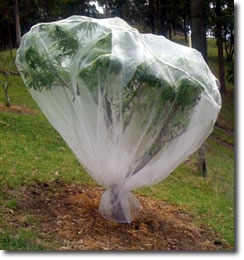
Of course, not letting fruit flies anywhere near your precious fruit is the best method. There are nets available that can cover entire fruit trees as well as several kinds of bags that can be placed over individual fruit. These commercially available bags can be constructed of cloth, mesh, plastic, or even wax paper.
Most physical barriers are also effective when trying to keep away birds, fruit bats and possums.
Fruit Fly Fact: Have you had tiny little black bugs flying around your scrap bucket or fruit bowl? Those are actually fungal gnats and not fruit flies which are much larger.

